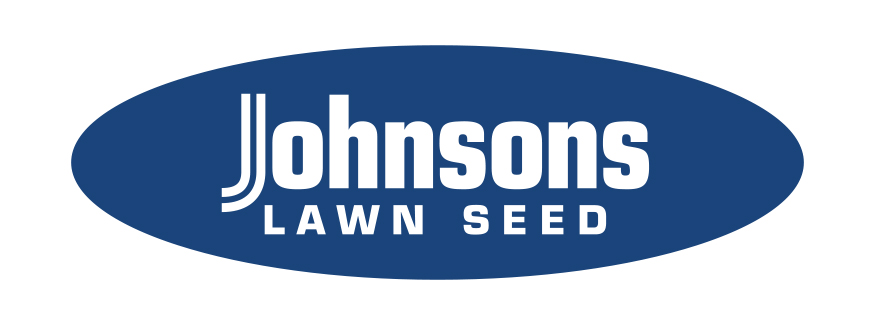It's Not Too Late To Go Green - Replacing Your Artificial Grass With Johnsons
With research* showing that a quarter of gardeners think artificial grass should be banned as demand drops by half in just two years, the UK’s oldest lawn seed brand Johnson’s Lawn Seed is urging disillusioned consumers that it’s not too late to go green and recommends natural grass as a viable alternative and a tangible contribution to environmental preservation.
...But why the backlash against synthetic turf?
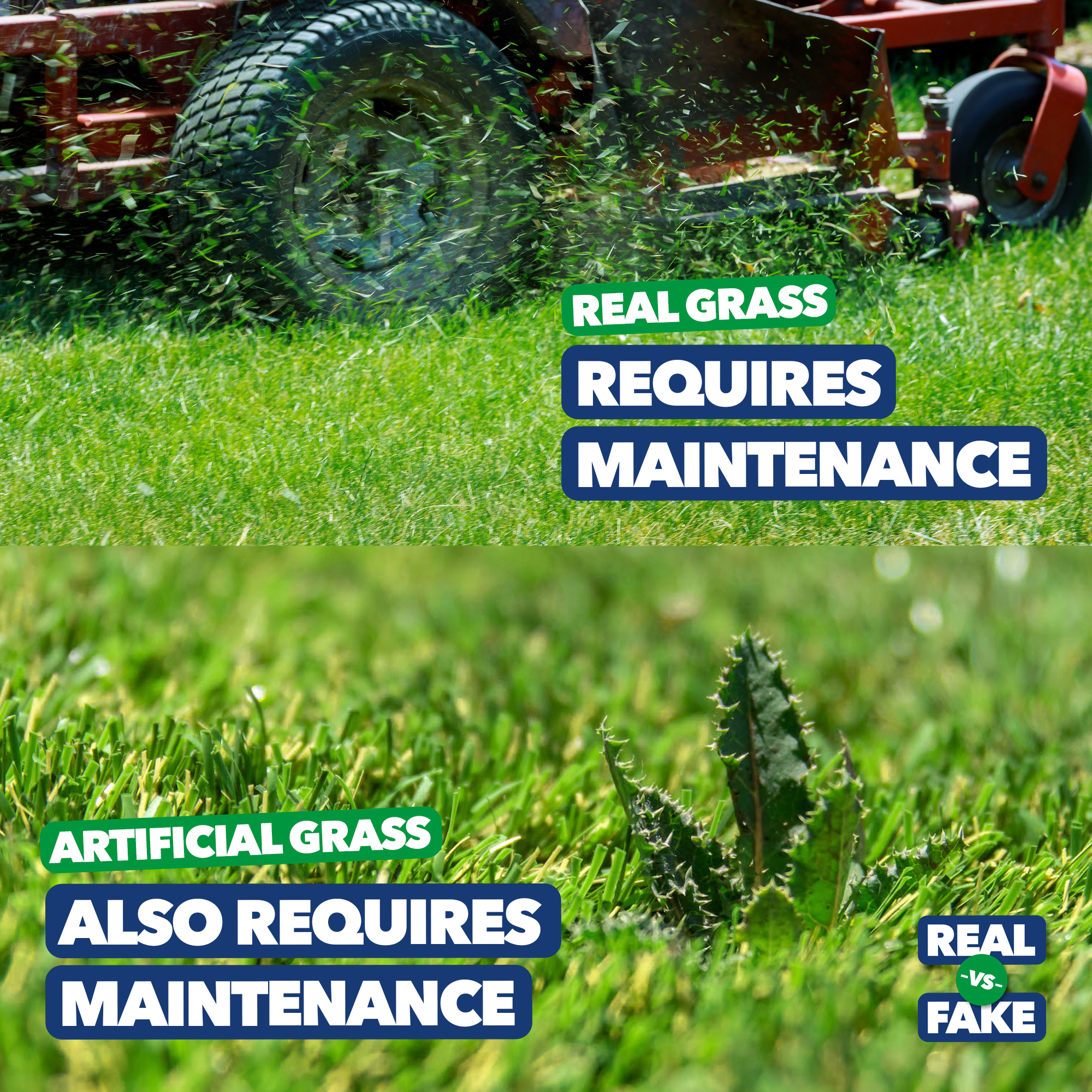
Blindsided by “low maintenance” claims
You could say it’s misjudged convenience in the garden with artificial grass, with many not realising that it’s not maintenance-free and has to be brushed, hoovered and cleaned with stain removers, just like its indoor carpet counterpart especially if you own canine friends that like to do their business outside.
Too hot to handle
We may have had a temperamental year of weather but excessive temperatures like the unprecedented summer of 2022 mean that plastic lawns can get so hot that it burns the feet of anyone using the lawn, including children, pets and wildlife. In comparison, on a sunny day, real lawns act as a natural coolant by evaporating moisture, bringing down the temperature in its vicinity. This cooling effect not only provides relief for us and those who enjoy a real lawn but also helps to reduce the urban heat island effect in cities, making our neighbourhoods more comfortable during warm spells.
Environmentally harmful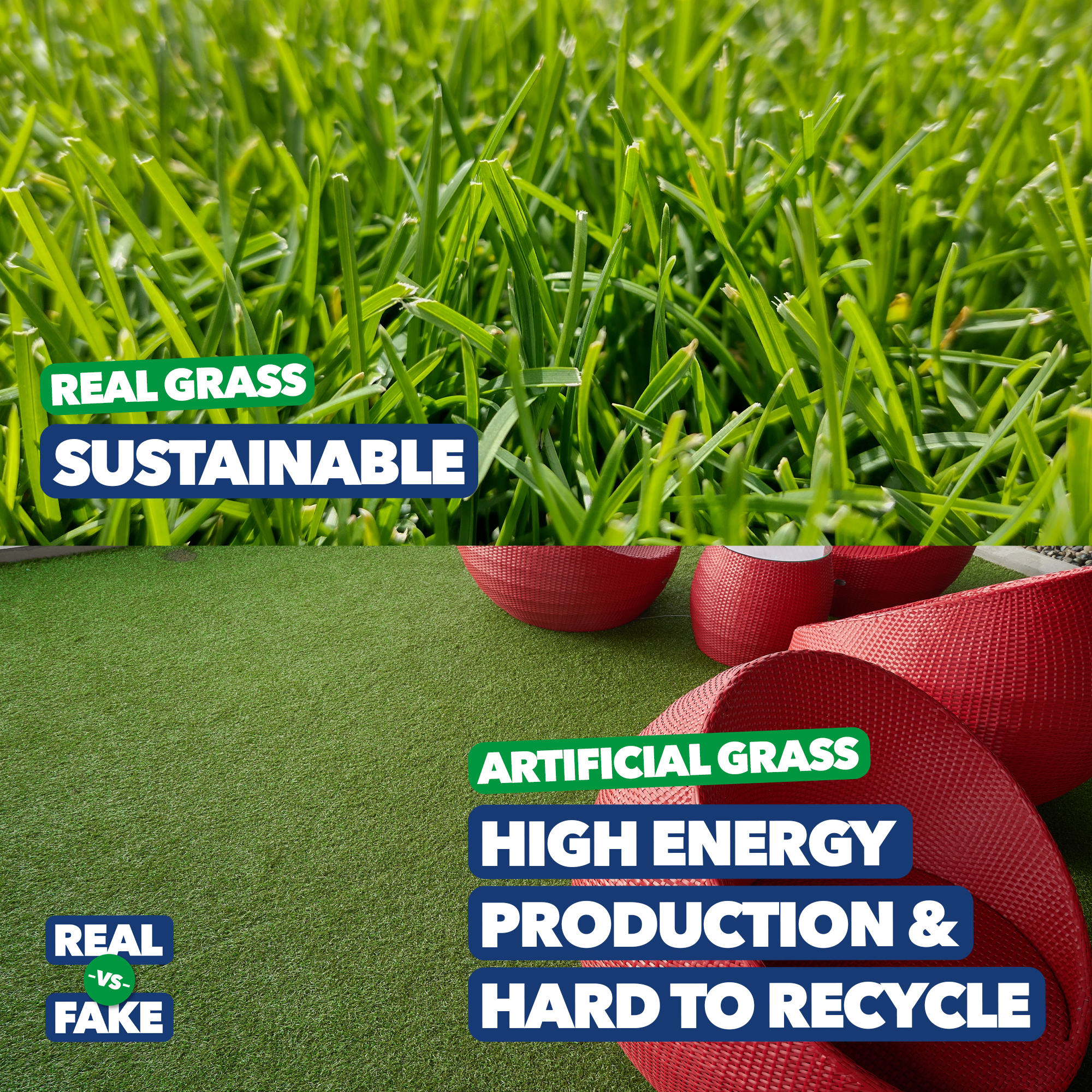
And the biggest environmental concerns are that artificial lawns are made from non-biodegradable materials such as polyethylene, polypropylene and nylon, an energy-hungry manufacturing process and at the end of life will degrade and shed microplastics into the soil and the oceans. Most artificial grass is made up of a mixture of different plastics making it extremely difficult to recycle too.
The plastic grass carpet does not support wildlife and instead damages biodiversity by covering the soil, making it difficult for creatures like worms to thrive. This, in turn, diminishes the number of birds as they have less access to food and other animals that visit the garden and also face sustenance challenges.
Increased localised flooding
Contrary to its reputation as a water-saving alternative, the non-permeable nature of fake grass deprives the soil of essential nutrients and obstructs natural drainage systems. This impediment exacerbates flooding problems and disrupts the delicate balance of ecosystems. In a world where water scarcity is becoming a growing concern, the benefits of a natural lawn are truly invaluable, conserve water by reducing runoff and enhancing the absorption of rainwater into the ground.
THE SOLUTION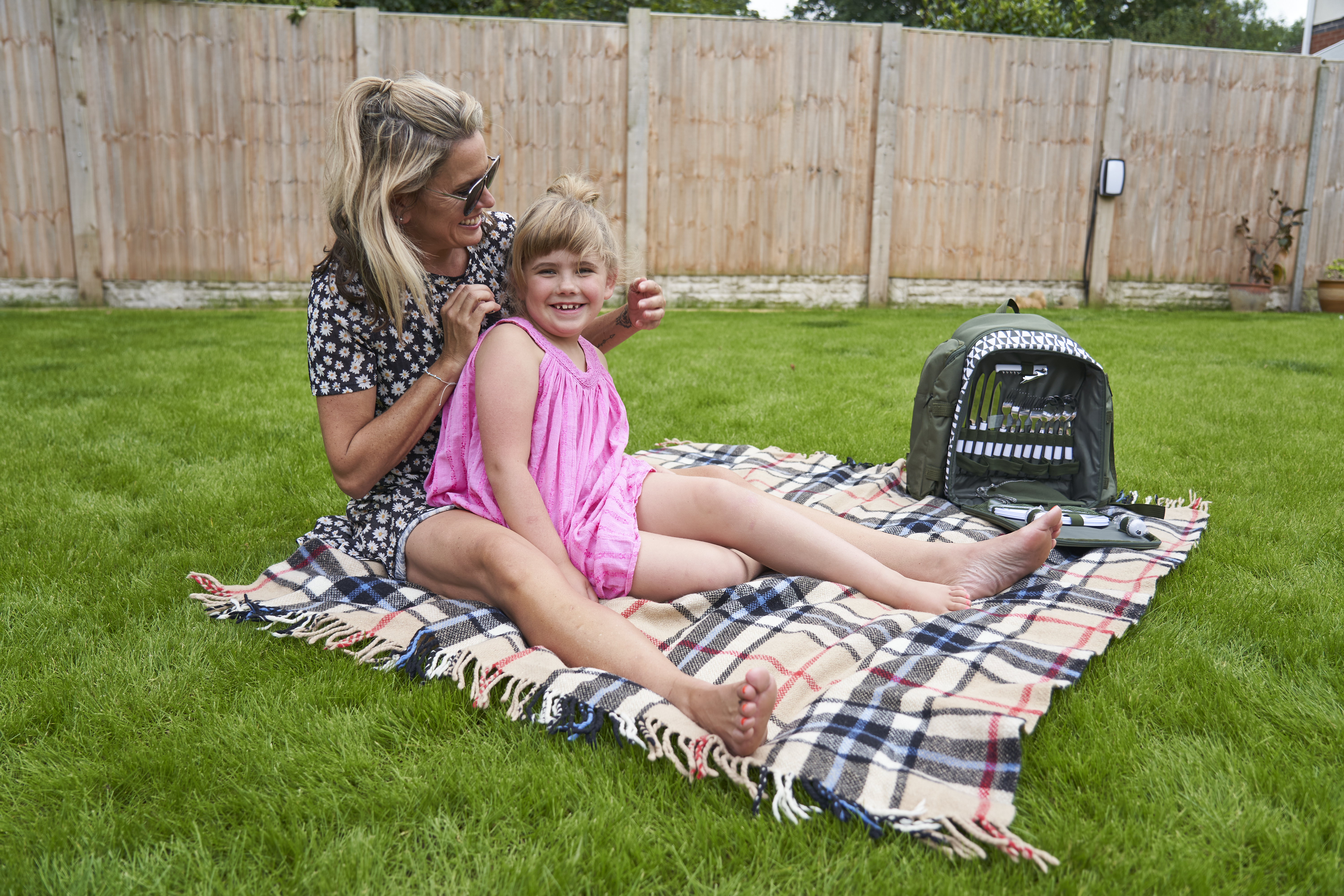
Real lawns have long been a symbol of the picturesque suburban dream for many families.
They are also beneficial to our health and well-being as they absorb carbon dioxide from the atmosphere and release oxygen through the process of photosynthesis. This natural oxygen factory helps to improve air quality and reduce pollution, with the blades also trapping dust and other particles, acting as a filter for the air we breathe and acting as a natural sound absorber.
It's hard to resist the allure of a well-manicured lawn, beckoning us to kick off our shoes and bask in its natural charm and Johnsons Lawn Seed can help you restore your green expanse to its former glory.
Choosing the right turf variety is essential for ensuring the longevity and sustainability of your real lawn. Opting for durable and resilient grass types that are well-suited to your climate can significantly reduce maintenance requirements. These varieties are often more resistant to pests, diseases, drought, and extreme weather conditions, making them easier to care for and more environmentally friendly in the long run.
ONCE YOU’VE GONE GREEN WITH JOHNSONS, YOU WILL NEVER GO BACK….
Johnsons offers an extensive lawn seed portfolio, carefully curated and researched over many years to offer a lawn seed solution for every garden and every gardener’s needs.
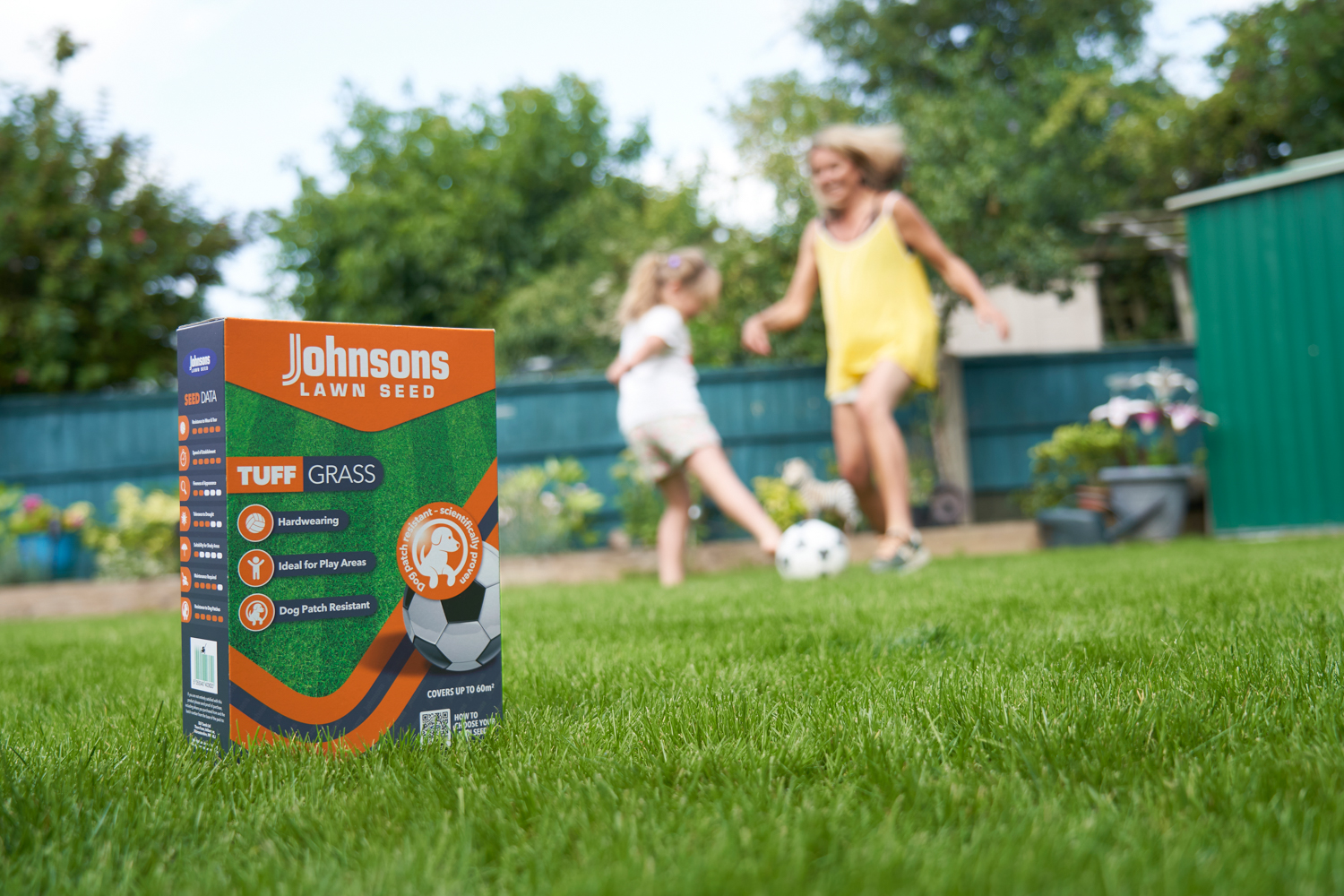
Highlights and bestsellers include Tuffgrass which is ideal for new lawns, overseeding, patching, and play areas - even for dog owners with its dog patch resistance.
Quick Lawn with Accelerator‘s specially coated seed germinates quickly and requires only a third of the water typically needed for lawn establishment
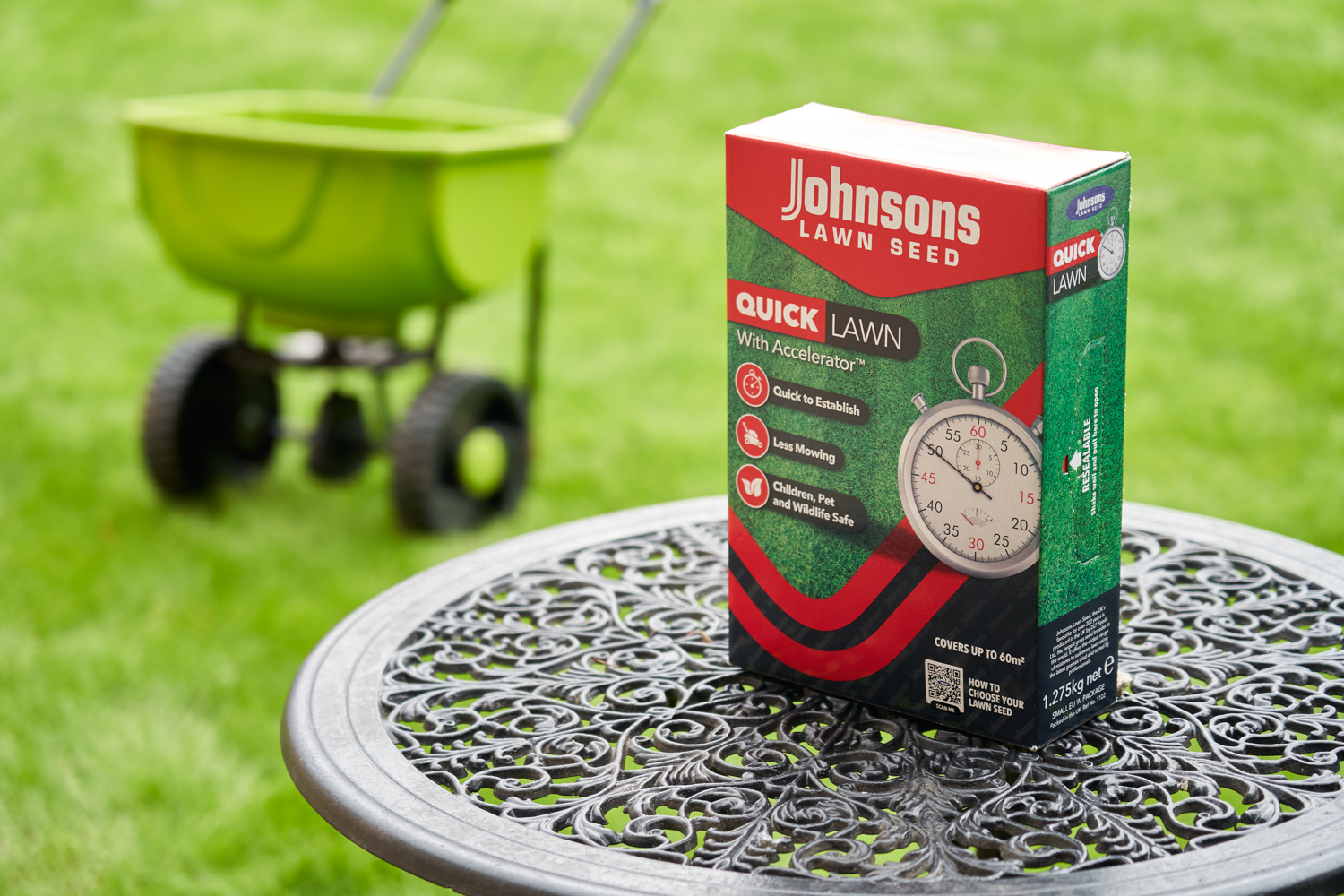
whilst Shady Place Lawn Seed, will debunk the myth that customers with artificial lawns think grass won't grow in shaded areas.
Luxury Lawn blends traditional grasses and is highly resistant to drought thanks to its thick growth that prevents unsightly weeds from taking root.
REMOVING SYNTHETIC AND SOWING A REAL LAWN
Taking away artificial turf is simple, but disposing of it can be challenging since its material is not easily recyclable. Johnsons suggests that you try to reuse what you remove whenever feasible. There are numerous ways to repurpose artificial grass, such as a cover for compost bins, and underlay for containers. a simple-to-clean liner for rabbit hutches or dog kennels.
To ensure successful lawn growth, it's best to sow in early autumn when the soil is moist, warm and workable and the weather is mild. Start by removing any perennial weeds from the area and then dig or rotavate the soil. If the soil is poor or sandy, mix in some well-rotted organic matter. Firm the soil by treading on it and let it settle for a few weeks.
Divide your lawn into sections with string and sow your lawn seed evenly at the recommended rate. Lightly rake the seed into the soil and water gently using a watering can with a fine rose attachment. Avoid walking on the new lawn while the seed is established and water regularly in dry conditions.
